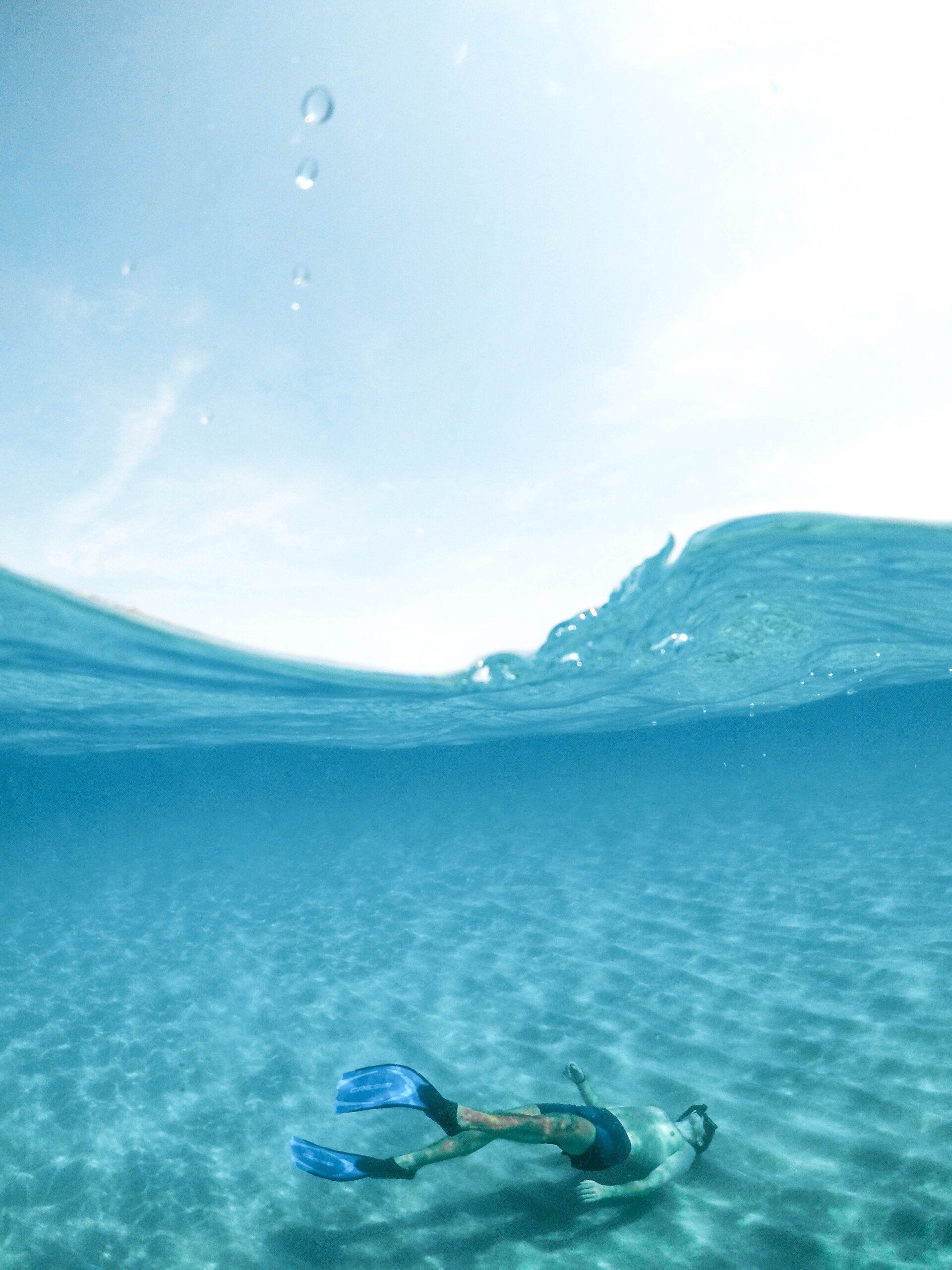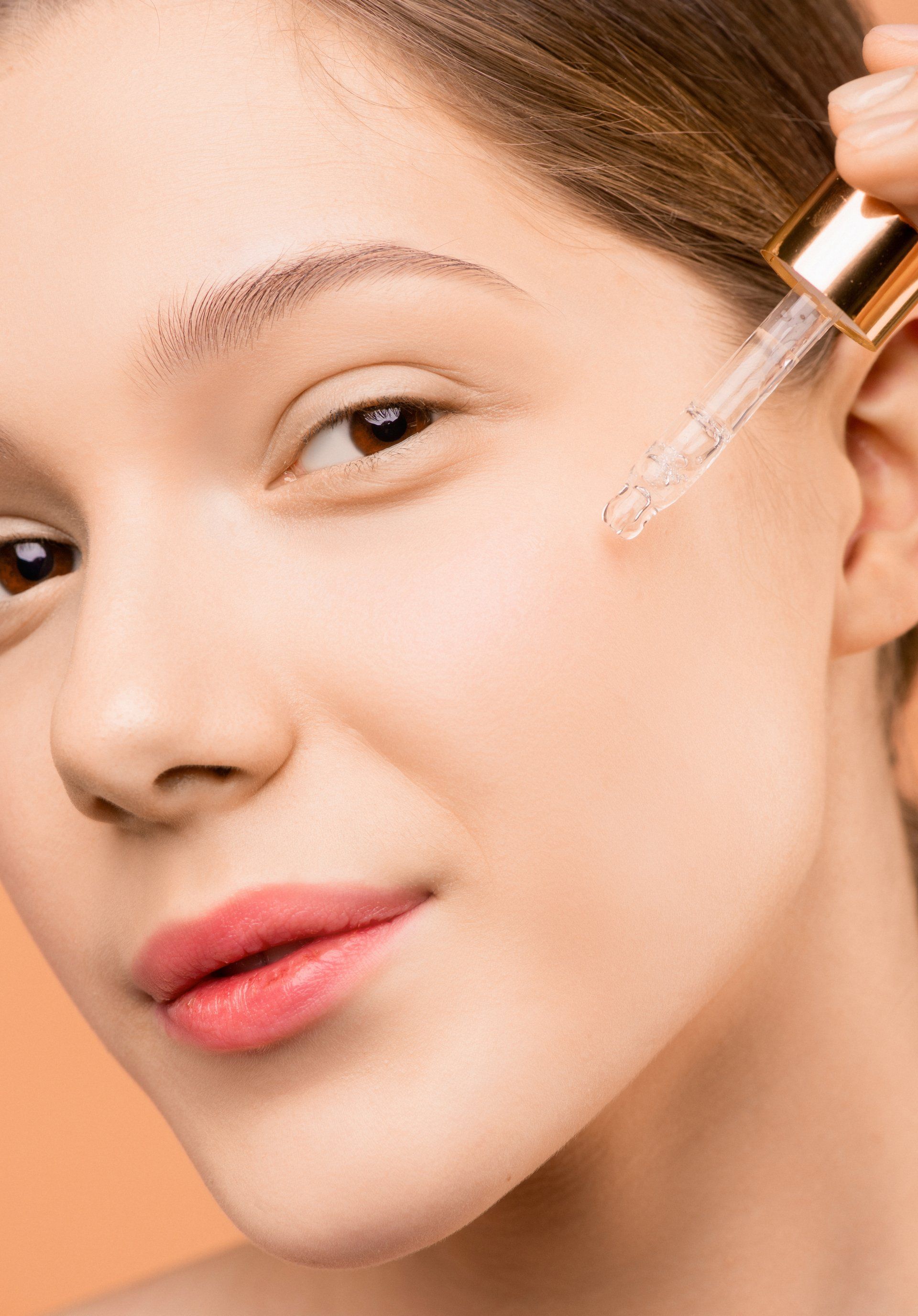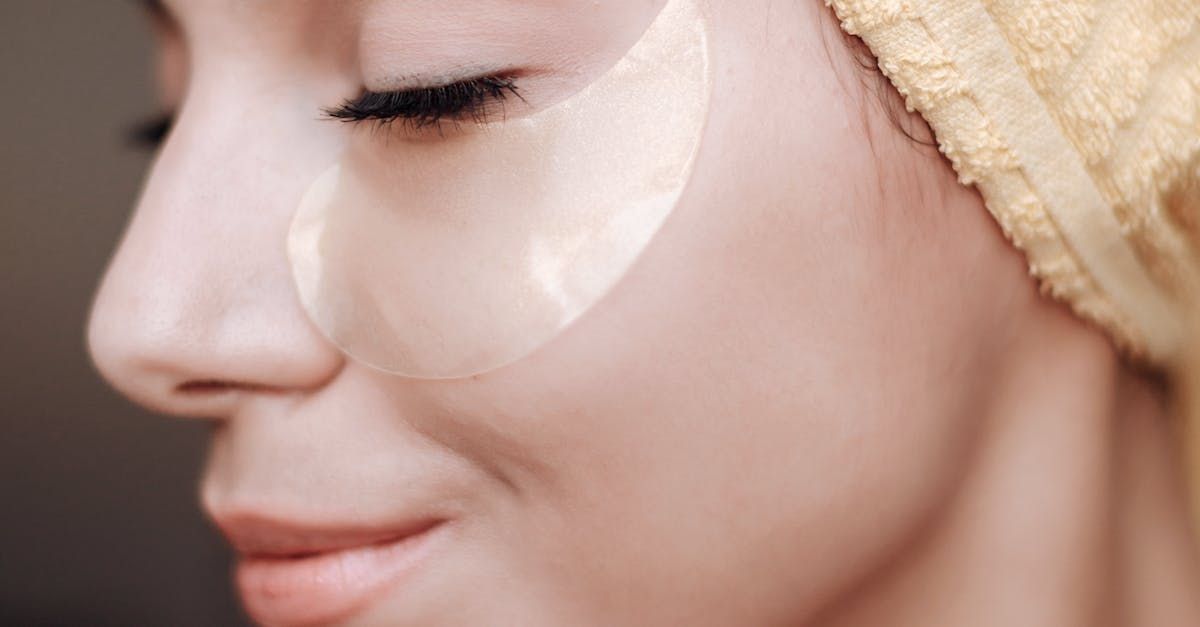Night-time Skincare
The Importance of Night-Time Skincare
Our skin effectively has a day-time and a night-time mode. During the day it is in protection mode, working hard to fight against UV and environmental aggressors (such as pollutants, wind, temperature fluctuations etc). This is why it’s important to use products that are shielding and anti-oxidant during the day.
At night, when the skin no longer has to worry about defending itself, it switches to repair mode, and begins to undo the damage of the day by repairing old cells and making new ones. We can help support and enhance this process of cell rejuvenation and restoration by using products that help replenish the skin, undo the day’s free-radical damage, and aid cellular renewal.
At night, the skin is more permeable, and better able to absorb topically-applied ingredients, making it the perfect time to use regenerative skincare formulations. This is all the more important, because whilst the skin produces its maximum amount of waterproof sebum during the day, this production drops at night, which leaves the skin prone to water-loss through evaporation. This evaporation of water from the skin is exacerbated by the increase of body temperature at night (as a result of its natural regenerative processes). To remedy, and prevent night-time dehydration, it is important to lock hydration into the skin overnight.
Top Tips:
- Get enough sleep! Without adequate sleep, the skin doesn’t have enough time to complete its regeneration.
- Cleanse away the accumulated grime of the day to enable the absorption of your products.
- Apply a skin treatment serum or elixir - choose one that aids skin regeneration, and helps repair and strengthen the skin’s barrier.
- Lock in the serum or elixir using an occlusive moisturiser (such as one containing shea butter, jojoba, or squalene) or overnight mask.
- If you struggle with the thought of a night-time routine, move it to the early evening - it doesn’t have to be done immediately before getting into bed!










